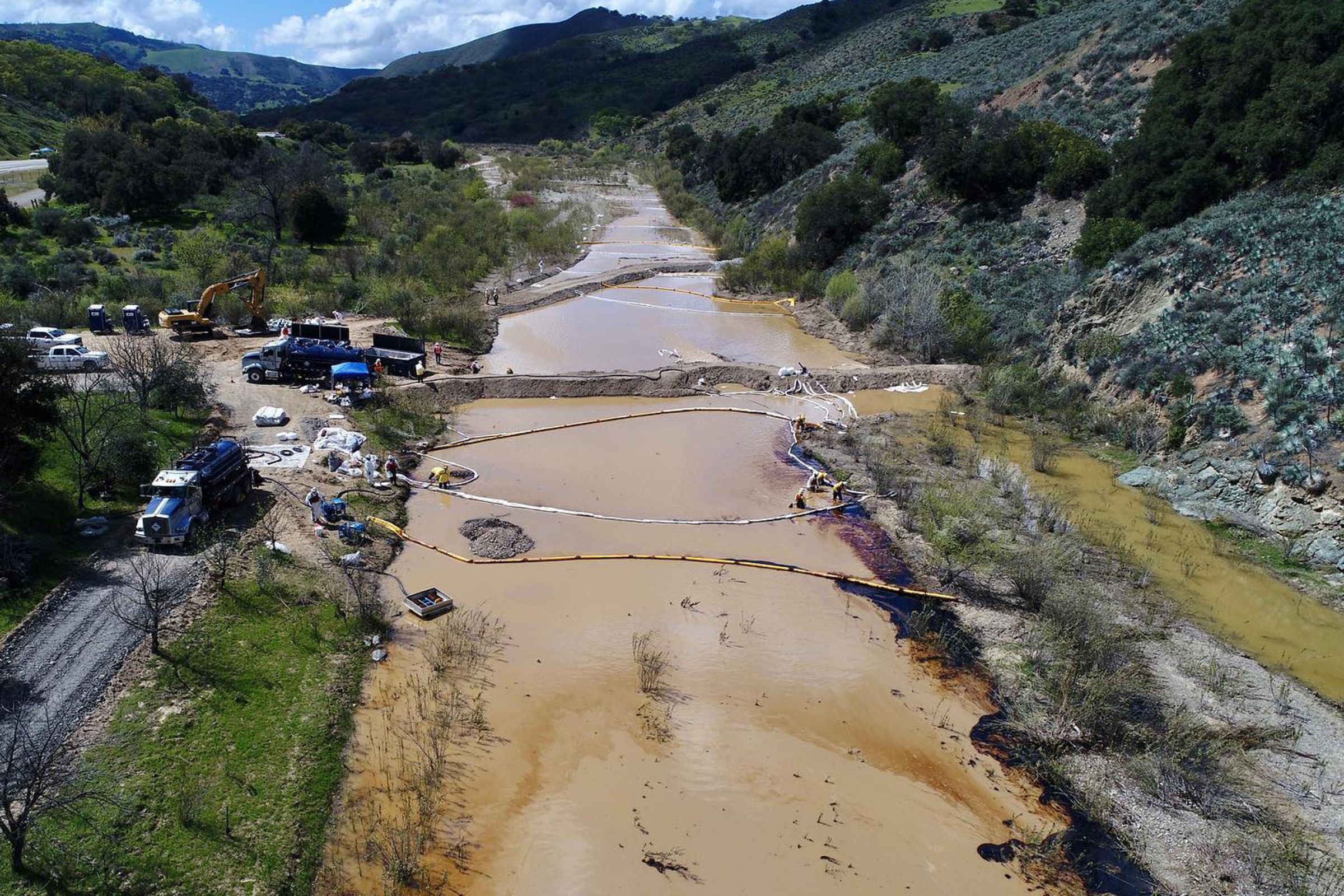The Economic Infeasibility of ExxonMobil
Risks of Trucking Offshore Oil Outweigh Benefits

On March 8, ExxonMobil will have a chance to make its case as to why the Board of Supervisors should approve restarting three offshore oil platforms and allowing 140 truck trips per day on Highway 101 and State Route 166.
A tough case to make. The 166 is a notoriously dangerous two-lane highway that winds along the Cuyama River between Santa Maria and Kern County. When this project originally came before the Planning Commission, staff recommended prohibiting trucking on 166 because of the risks associated with the road. The project has a significant risk of an oil spill, which is a Class 1 “significant and unavoidable” impact according to the California Environmental Quality Act (CEQA). For the Board of Supervisors to approve the project, the supervisors would need to make “overriding considerations” that the project offers a benefit to the county that would make it worth the near certainty of a spill in the ocean or along the trucking route. These considerations are typically economic, so ExxonMobil’s only hope is to convince the board that the jobs and tax revenue created will be more than enough to compensate for an oil spill — not to mention the millions of tons of greenhouse gas emissions that would come from restarting the platforms and onshore oil processing facilities that have been inactive for the better part of a decade.
Unfortunately for ExxonMobil, the numbers just don’t add up. In tax revenue, the project would bring in an estimated $1.24 million dollars a year. For comparison, after an oil spill in 2015, $100 million taxpayer monies had to be allocated to decommissioning. How much more will we have to pay to clean up oil companies’ messes? And who will really pay the price when this project causes an oil spill? In addition, county property tax revenue has increased by more than $184 million since 2015, when ExxonMobil’s platforms were shut down. The board would be hard pressed to say $1.24 million is a significant enough benefit to merit this dangerous project.
Next to consider is the jobs. ExxonMobil claims the project will create 30 temporary construction jobs and 150 permanent jobs. They boast their commitment to their workers and their “head of household wages,” but they conveniently do not mention the eight-months-and-counting lockout of 650 unionized workers at an oil refinery in Texas. Instead of negotiating with the union, ExxonMobil hired replacement workers and is awaiting a vote that would oust the union from the refinery. They also cut employee retirement benefits throughout the company, although they were later reinstated. Last year, ExxonMobil disclosed its plans to reduce its workforce by 14,000 across the world by the end of 2021, due to historic losses of revenue.
It does not seem like ExxonMobil is in any position to be starting any new projects or offering any new jobs. BlackRock, the world’s largest investment management firm, expressed concerns about the future feasibility of the company as a whole. It stated, “Exxon and its Board need to further assess the company’s strategy […] against the possibility that demand for fossil fuels may decline rapidly in the coming decades. […] The company’s reluctance to do so […] has the potential to undermine the company’s long-term financial sustainability.”
ExxonMobil would like to offer Santa Barbara County a few jobs in an unpopulated area at their failing company in exchange for restarting the largest stationary source of greenhouse gas emissions in the county, almost certainly causing an oil spill sometime in the lifetime of the project, and adding significant traffic to one of the most dangerous roads in the county. Seems like a pretty clear choice.
Nadia Lee Abushanab is Advocacy and Events director for SBCAN (Santa Barbara County Action Network).



